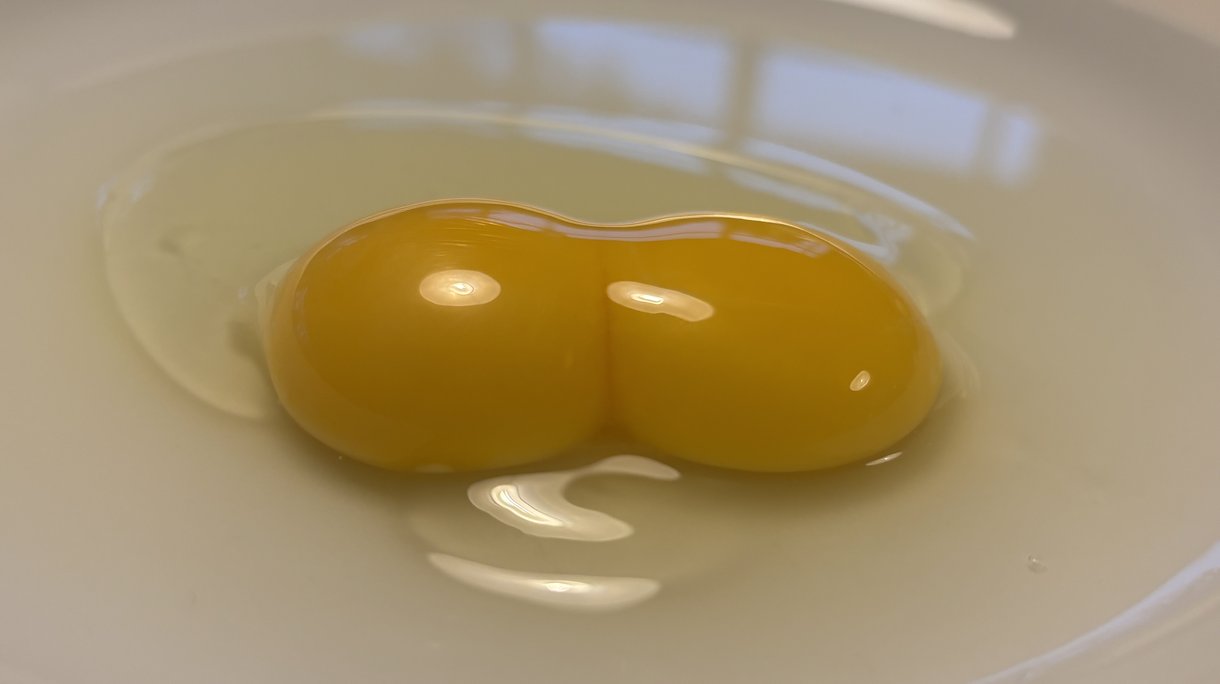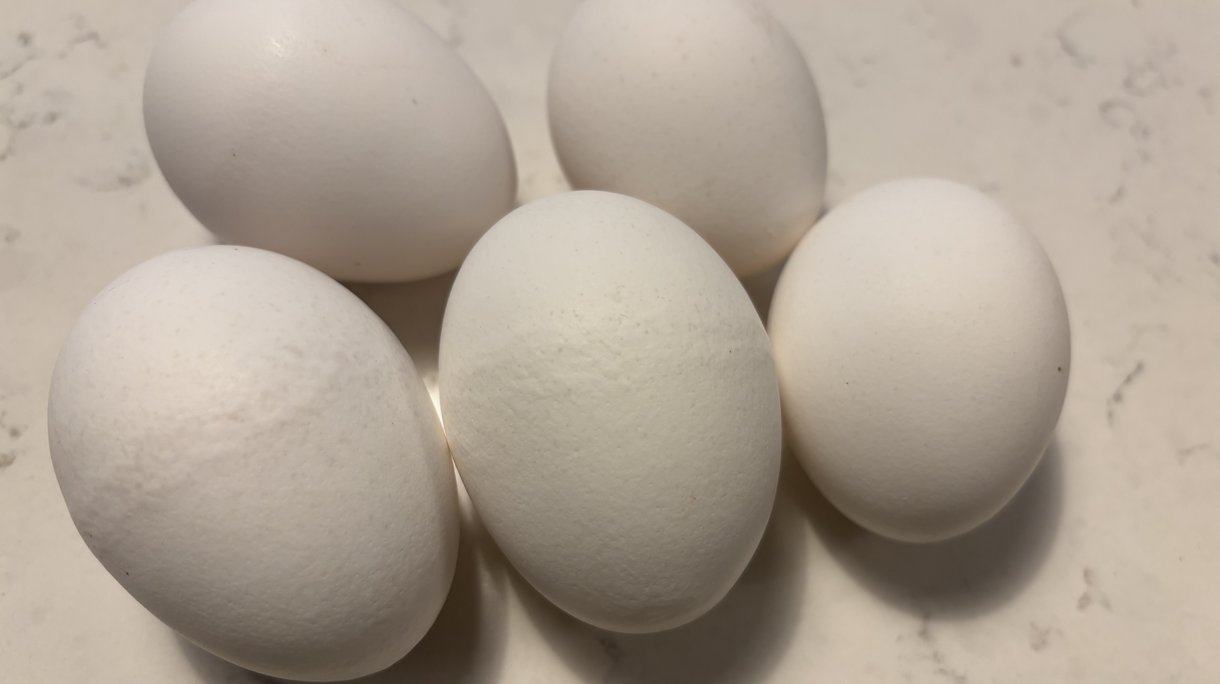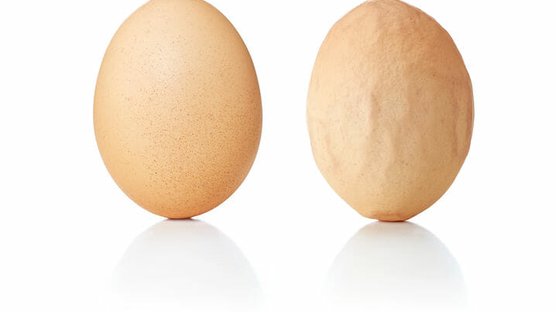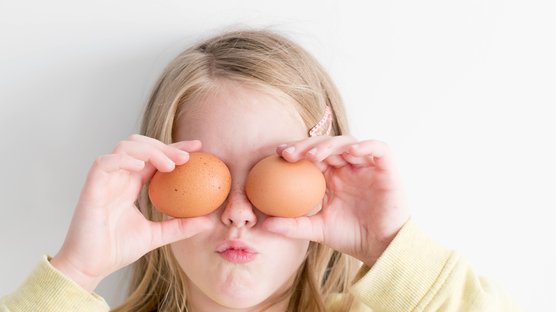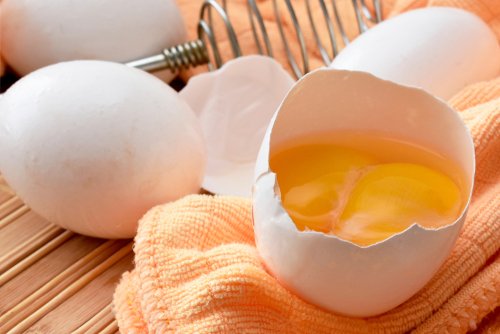
Published on Dec. 31, 2024
Double yolk eggs
Today’s commercial laying hens are highly efficient and can produce an egg a day since the ovulation cycle takes a total of around 24 hours. In the ovary of a sexual matured hen, there are many small pale inactive follicles and a few yellow follicles of different sizes. When inactive follicles start the rapid growth phase, yolk accumulates massively reaching the size of egg ovulation in 6 to 12 days. Normally only one follicle begins rapid growth every day, and ovulation follows this “follicle sequence”, which means that only one mature follicle is released every day to the body cavity and picked up in the infundibulum. Within 1 hour after a hen has produced an egg (oviposition), the next mature follicle ovulates.
Double yolk eggs result when hens lose control of the mechanism that restricts the ovary to the production of a single yolk at each ovulation. In young pullets coming into production, it takes some time until the follicle order is well established, and ovulation can be irregular, leading to production of more double yolk eggs. In large flocks of any age, the loss of this control by an occasional hen is to be expected and thus a few double yolk eggs can be found each day.
In general, hens that lay at a very high rate may be more prone to occasional multiple ovulations leading to higher incidence of double yolks.
When two yolks are released from the ovary too closely, they will meet as they travel down the oviduct and will be enclosed in a single shell. Based on where the yolks meet, double yolk eggs look different internally:
- When yolks meet in the infundibulum, they are joined by the outside part of the vitelline membrane and share a common chalaziferous layer.
- When yolks meet in the magnum, both yolks retain their own shape and have separate chalaziferous layer but common thick albumen. This is the most common type of double yolk eggs.
- When yolks meet in the isthmus, they have separate thick albumen but a single shell.
Sometimes eggs can have even three or more yolks, but this is an uncommon event, and these eggs are exceptionally large.
Double yolk eggs are larger and heavier than normal eggs, due to almost double yolk weight and absolute shell weight and albumen weight are also higher, but percentage of shell and albumen are lower than in single yolk eggs. They can be easily identified by their appearance because they are more frequently produced by young hens, which lay smaller eggs. Double yolk eggs produced by old hens are more difficult to be identified since average egg size of normal eggs is also larger in older flocks.
Double yolk eggs are not used for incubation in commercial poultry production as fertility and hatchability rate are much lower than in normal single-yolk eggs.
Factors affecting the production of double yolk eggs
Age of the hen
Pullets that have just started laying are more prone to producing double-yolk eggs because their reproductive systems are not yet fully synchronized. As hens mature, the incidence of double yolks declines sharply.
Coordination of light stimulation, optimum body weight, physiological age and feed intake is important. A larger than normal level of double yolk eggs will be produced when pullets are brought into lay earlier without the appropriate body development.
In an old flock the incidence of high number of double yolk egg production is an indication that their cycles have become erratic. The rate of lay in these cases will usually drop. In general, management should be reviewed to reduce environmental or social stressors.
Light
Light plays a crucial role in the regulation of reproductive cycles in poultry. A high incidence of double yolks is an indication of excessive light stimulation (intensity and/or length of light increments at photostimulation). Abrupt light stimulation may over-increase ovarian activity, causing irregular ovulation and egg laying patterns. The incidence of double yolk eggs is higher in early stimulated flocks compared to flocks receiving a delayed light stimulation.
There is also a seasonal effect in flocks reared in open sided houses: flocks reaching sexual maturity in increasing natural daylength usually produce higher number of double yolk eggs. Pullets in open houses also need a light stimulation (increase in day length) to synchronize their egg-laying cycle: if the producer relies on only natural light for the first few weeks after the pullets are housed, the incidence of double yolks may increase.
Often, holding the flock at the light level it is receiving without any additional light increments will reduce the production of double yolks. When the eggs become normal then the light stimulation may be resumed.
Attention must be paid to the light intensity level in the transition from rearing facilities to the laying house. It should be ensured that there is no sharp increase in light intensity of the flock in the transition from the rearing period to the laying period.
Nutrition and body weight
Proper control of the body weight is important in commercial flocks for normal egg production. In general, overweight birds may lay double yolks: often the heavier the average body weight of the flock at sexual maturity, the higher the frequency of double yolk eggs. Usually, the double yolk eggs in such a flock would be produced by “fat” pullets with poor skeletal development.
Some research showed that high dietary protein levels could be linked to increased incidence of double yolk eggs, which was likely associated to higher body weight of birds.
Some mycotoxins, like zearalenone (produced by Fusarium fungi), have an estrogen-like effect which could affect ovarian function of laying hens and induce erratic ovulations.
Environment and management
Stress factors including sudden, strange, and excessive noise will excite the hens and thus disrupt the normal ovulation and cause increased incidence of double yolks. All kind of stressors (sudden changes in lighting, temperature etc.) should be avoided as much as possible.
Moving pullets that are already in production from rearing to laying facilities may cause disturbances in the regulation of ovulation and this could increase the incidence of double yolks. Transfer should be planned to be done not later than 2 weeks before egg production starts.
